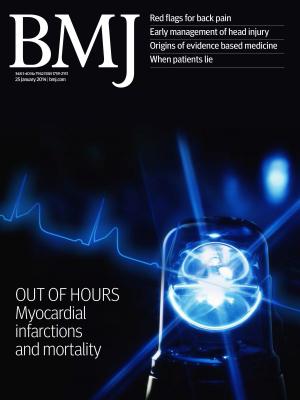
PCA vs routine care for pain management of traumatic injuries in ED and hospital ward

PCA vs routine care for pain management of traumatic injuries in ED and hospital ward
PAin SoluTions In the Emergency Setting (PASTIES)—patient controlled analgesia versus routine care in emergency department patients with pain from traumatic injuries: randomised trial
BMJ. 2015 Jun 21;350:h2988Did you know you're eligible to earn 0.5 CME credits for reading this report? Click Here
Synopsis
221 patients admitted to the emergency department for traumatic injuries resulting in moderate to severe pain were randomized to received either patient controlled analgesia (PCA) or standard treatment of nurse-titrated analgesia. The purpose of this study was to determine whether PCA is more effective in mitigating pain in patients with traumatic injuries compared to standard treatment. Pain scor...
To view the full content, login to your account,
or start your 30-day FREE Trial today.
FREE TRIAL
LOGIN
Forgot Password?
Explore some of our unlocked ACE Reports below!

Learn about our AI Driven
High Impact Search Feature
Our AI driven High Impact metric calculates the impact an article will have by considering both the publishing journal and the content of the article itself. Built using the latest advances in natural language processing, OE High Impact predicts an article’s future number of citations better than impact factor alone.
Continue



 LOGIN
LOGIN

Join the Conversation
Please Login or Join to leave comments.